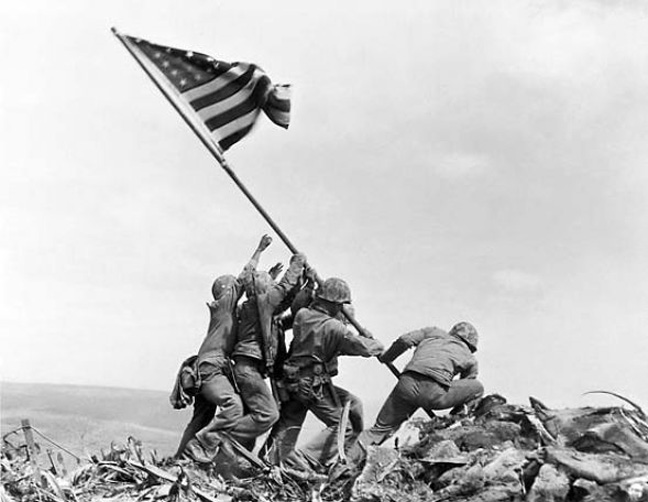
Introduction to Discourse Analysis
What is Discourse Analysis?
Discourse analysis is the process that makes aspects of a text appear to be natural or unnatural when it operates at a very subtle, but all encompassing way. Rose says, "...discourse is a particular knowledge about the world which shapes how the world is understood and how things are done in it" (Rose 190). In a discourse analysis of iconic photographs, interest does not lie in knowing why a certain icon looks the way it does, rather we are interested in how a discourse is operating across all these images without attempting to discern if the photographer intended the shot to be pictured the way it is depected or even if the subject intended to pose the way they are pictured. In this discourse analysis there is simply a field of visuals, in which I attempt to find the visuality. In other words, I am interested in the way of seeing that structures these instances. While vision is "what the human eye is physiologically capable of seeing," Rose defines visuality as, "refer[ing] to how vision is constructed in various ways: 'how we see, who we are able, allowed, or made to see, and how we see this seeing and the unseeing therein'" (Rose 2). Visuality is the most important concept in beginning this discourse. The concept of "iconic photograph" exists for a reason. The discursive formation, or "the way meanings are connected together in a particular discourse," of iconic photographs relies heavily upon the relationship between the layperson and an important historical event and then the photograph that ends up representing the event. The existence of iconic photography is a cultural role that fills a need. What follows is an exploration on what that need is.

 |
Works Cited
Rose, Gillian. Visual Methodologies. 3rd ed. London: Sage Publications, 2012. Print.